Earlier this month, we had the Platinum Jubilee, marking 70 years of the Queen on the throne.
Then there was the 25th anniversary of the community buyout of the island of Eigg. This columnist was, inexplicably, only invited to one. Unfortunately, circumstances conspired against making the trip to Eigg. Others were discouraged by weather. But, plenty made it to celebrate the islanders’ considerable achievements.
Their quarter century of co-ownership (with the Highland Council and the Scottish Wildlife Trust) has been put to good use. Not least, making Eigg the first place in the world to provide electricity 24/7 from wind, sun and hydro power – now used as a global renewable model.
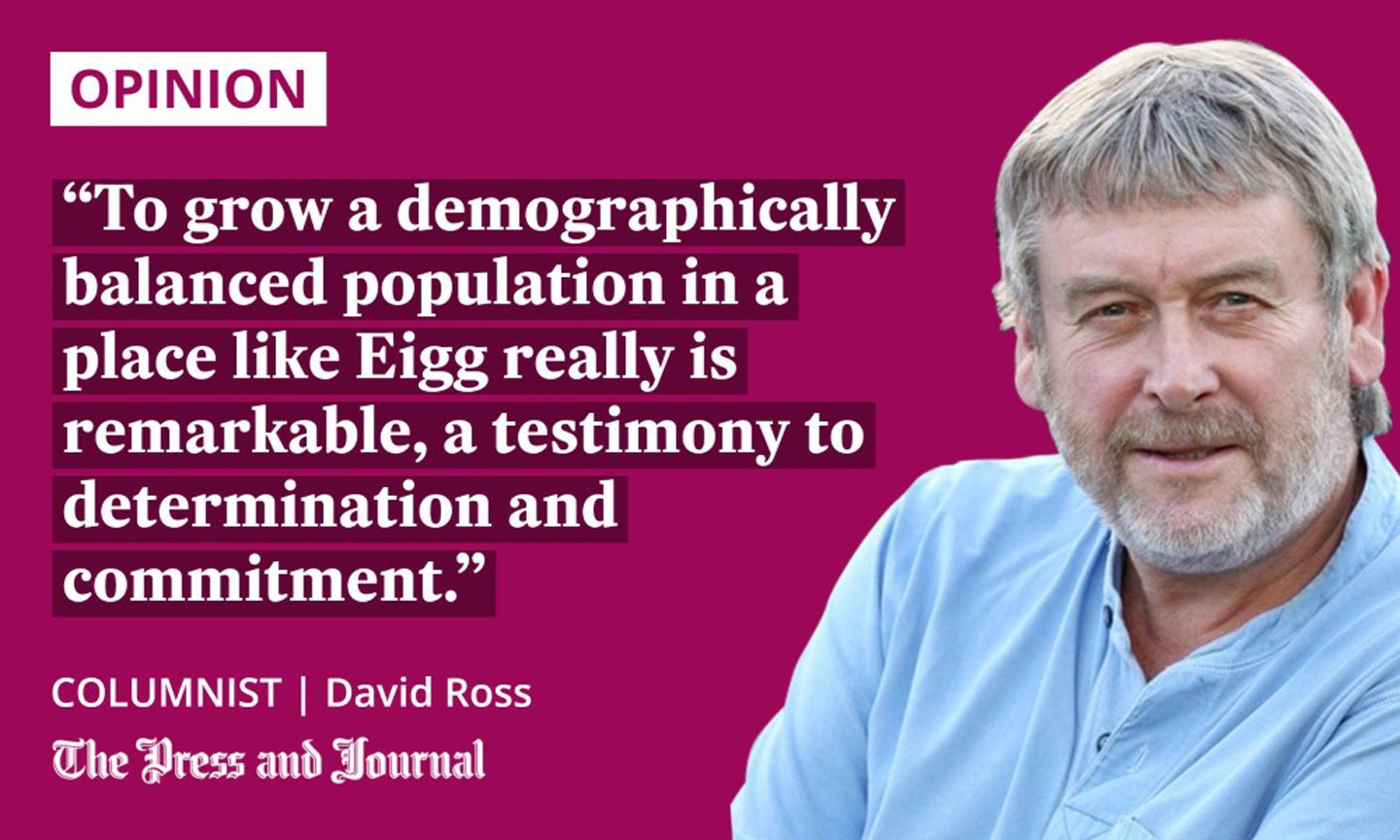
This was long before the current corporate rush to claim green credentials, amidst the climate emergency. It was in February 2008 that Eigg replaced diesel generators with a renewable power grid. The amount of energy used in islanders’ homes and businesses was halved. In 2010, they won the prestigious UK gold Ashden Award for energy efficiency. Environmental concern was in the buyout’s DNA.
Within a year of buying the island, the community had built a new shop (now being upgraded) and cafe. Houses were refurbished and new businesses started. A tree nursery, which only began in 2018, aims to produce up to 20,000 plants annually. Some 17,500 seedlings have already been used for the creation of new native woodland. The list goes on.
But, the real importance of these developments is their contribution to the island’s overarching achievement – the near 75 % population increase since the buyout, from 64 to 110. Many below 40 with children were attracted, returned or remained.
Eigg is now so far removed from the sense of decay and disrepair that one felt arriving when it was in private ownership
Population retention is the gold standard of community success in rural Scotland, the more so for an island. Plenty dream of a Highland idyll, financed by their comparatively deep pockets from previous lives. All too rarely, they bring children.
To grow a demographically balanced population in a place like Eigg really is remarkable, a testimony to determination and commitment. It is all so far removed from the sense of decay and disrepair that one felt arriving when it was in private ownership.
Stornoway solicitor turned Scottish land reform expert
There was one who should have been on Eigg to celebrate the progress since 1997. But, Simon Fraser died in January 2016, aged just 60. A Stornoway solicitor, he was to become one of the most important figures in Scottish land reform.
In 1989, Lord Sanderson, a Tory Scottish Office minister, took up the suggestion from the Scottish Crofters Union (SCU) that government-owned crofting estates be given to their tenants. He announced a trial on the Skye and Raasay estates.
In the end, the crofters wanted to remain tenants of the Department of Agriculture and Fisheries. But, the SCU had commissioned rural development charity, The Arkleton Trust, to examine the legal and practical implications for the crofters. Simon was one of two lawyers involved, and developed a model of a community trust as a company, limited by guarantee, for local people seeking to buy their land.
Just a few years later, in 1992, 100 tenant crofters in Assynt called on his expertise. Against all odds, they won their land, launching the community land movement. They were clear that they could not have done it without him.
The people of Eigg also called on him which, he later admitted, had worried him. Most did not enjoy the Assynt crofters’ security of tenure. If things went wrong, they could be evicted.
‘A triumph for all that is good in humanity’
German artist, Maruma, had bought Eigg in 1995 from Keith Schellenberg, for £1.6 million. He became the island’s ninth owner since 1828. He immediately sold the island’s cattle and took out loans in Hong Kong and Liechtenstein against Eigg, at punitive rates of interest. There were reports of associated financial shenanigans, none benefitting the island’s residents. Two estate workers, indeed, were sacked.
Community after community in the Highlands and Islands relied on Simon
Court action over default on the Hong Kong loan forced Eigg’s sale. Yet, the Heritage Lottery Fund refused to assist if the islanders were to control their island. They were not trusted. So, Simon devised the Isle of Eigg Heritage Trust (IEHT), comprising the Scottish Wildlife Trust, the Highland Council, and residents. But, an anonymous donation worth £900,000 with gift aid tax relief meant lottery funding was not needed.
Community after community in the Highlands and Islands relied on Simon. He spotted early a loophole in Holyrood’s 2003 land reform act for crofting communities exercising their absolute right to buy. Landowners could circumvent the legislation by arranging long leases with other parties. The loophole was subsequently closed.
Simon loved Eigg, and chaired the IEHT for its first seven years. Those who were there on buyout day in June 1997 will remember him declaring: “It is a triumph for all that is good in humanity, and certainly one in the eye for everything that is mean-spirited and self-seeking.” And so it was.
David Ross is a veteran Highland journalist and author of an acclaimed book about his three decades of reporting on the region
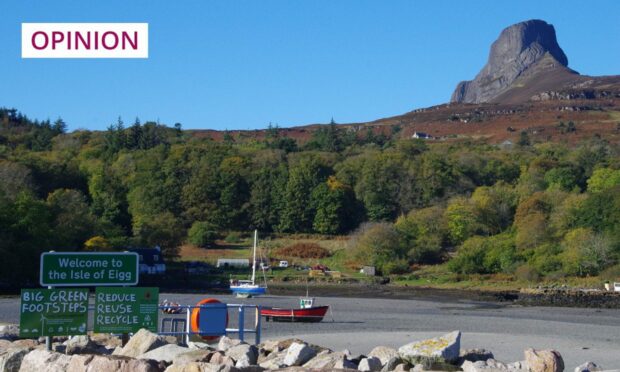
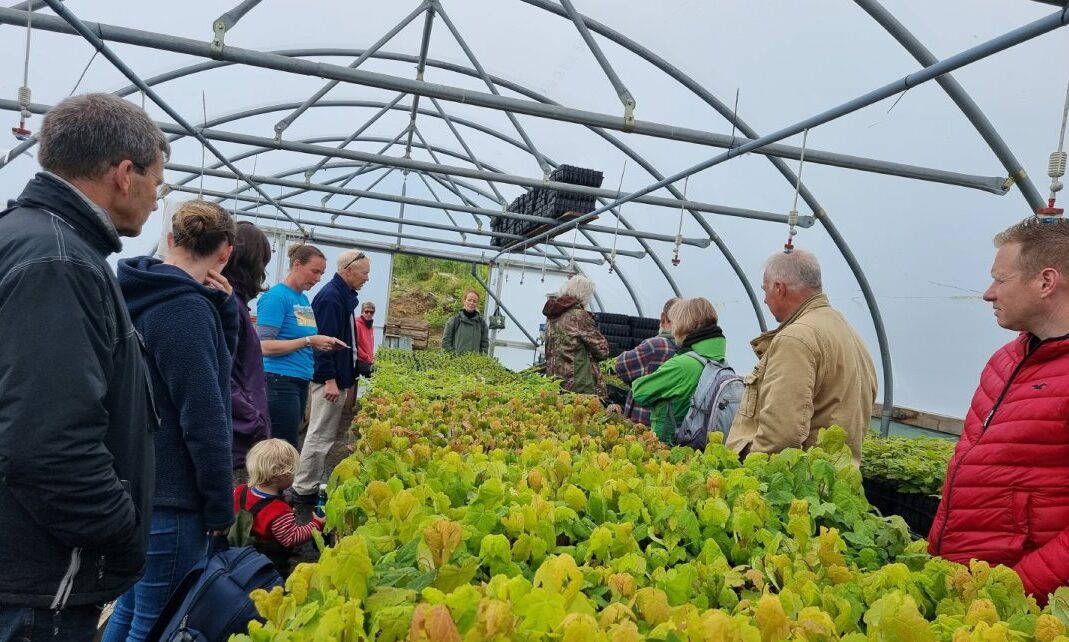
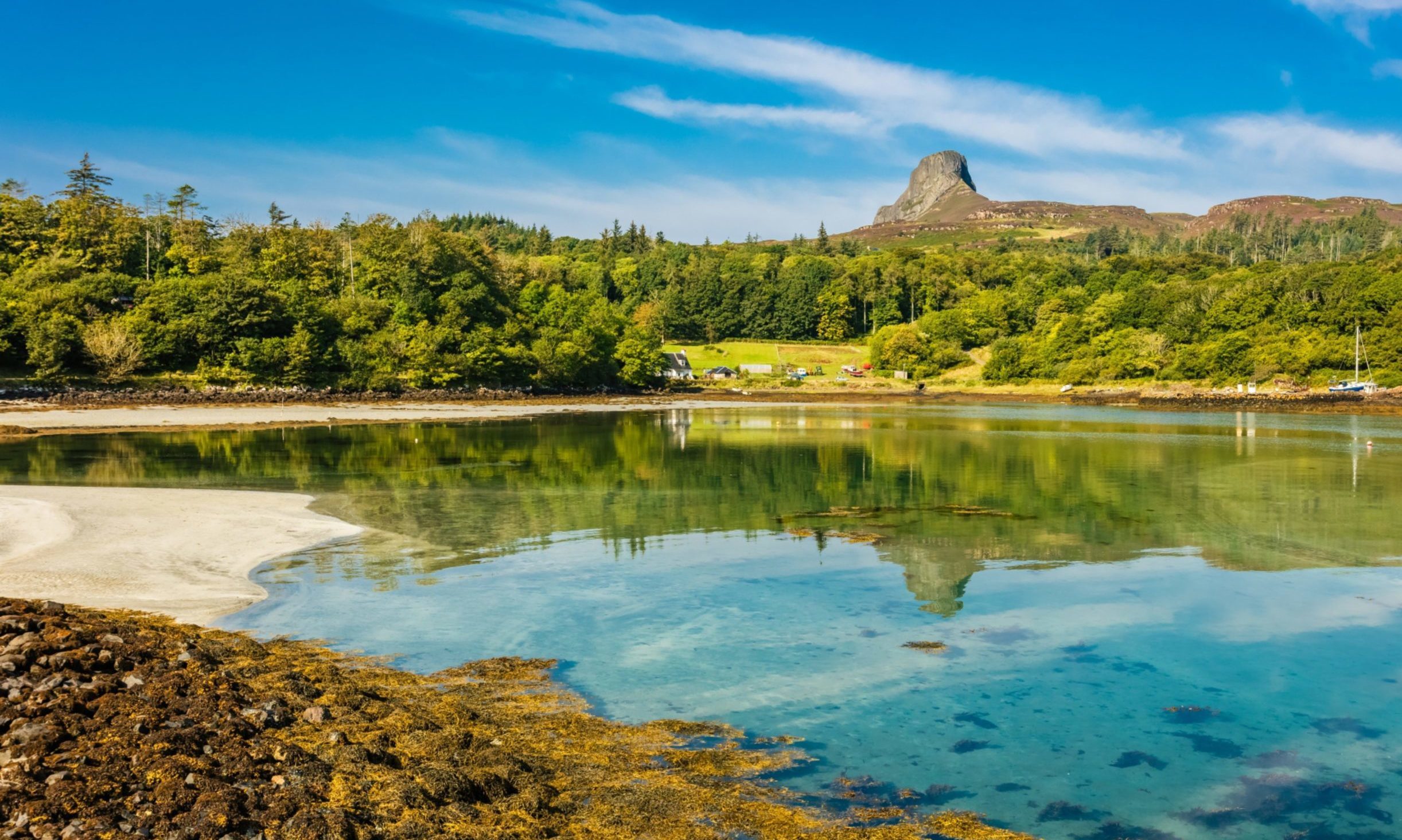
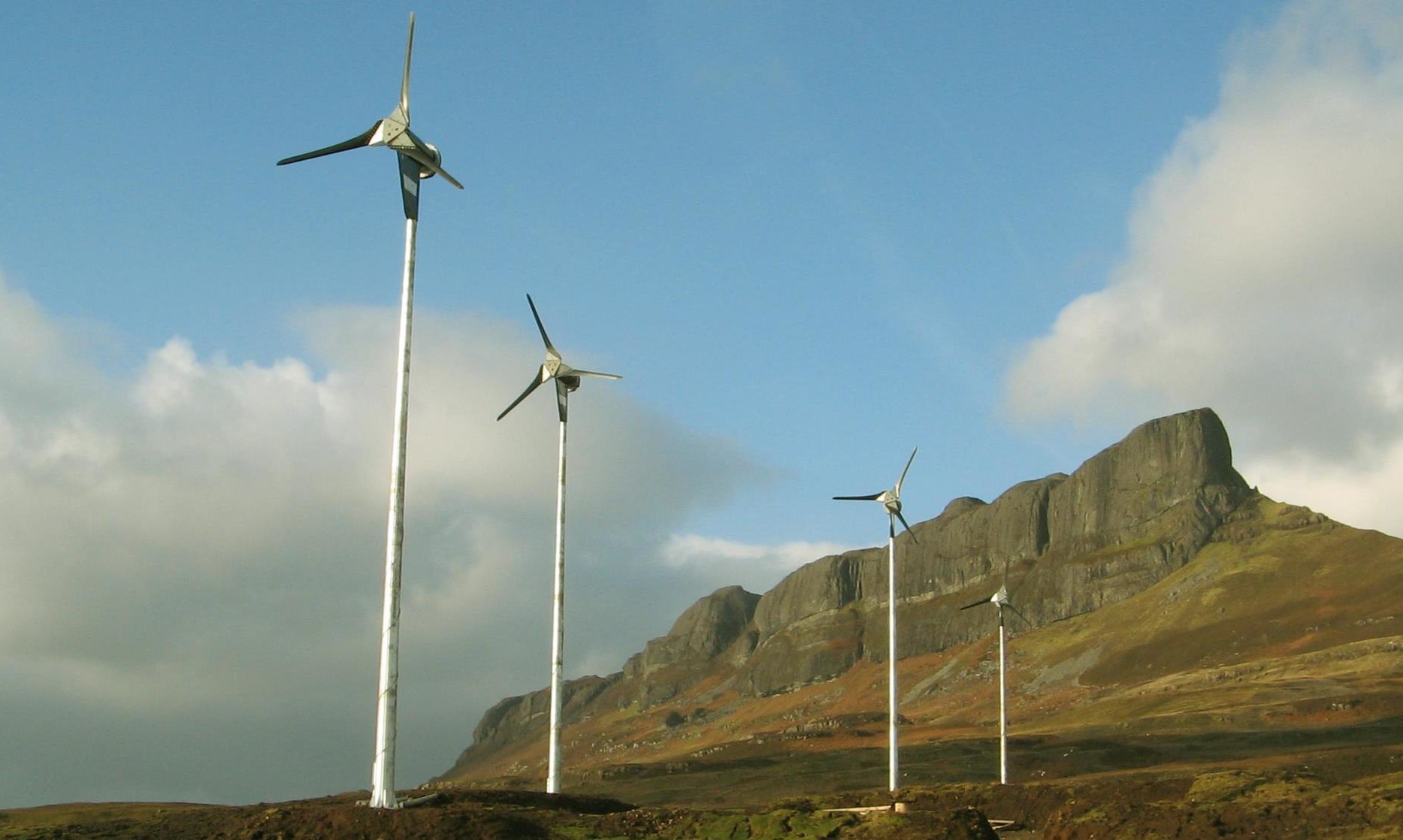
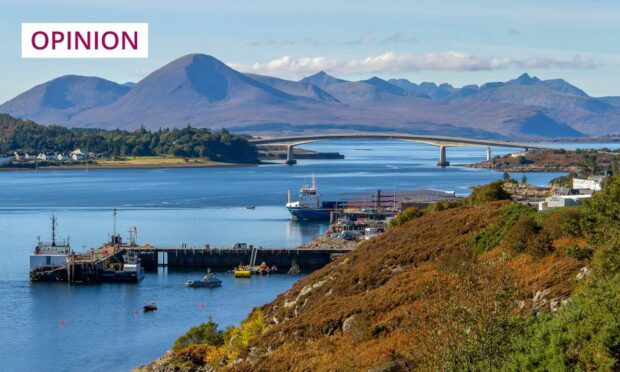
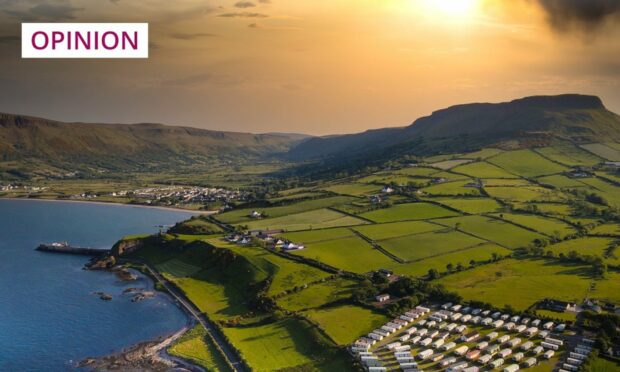
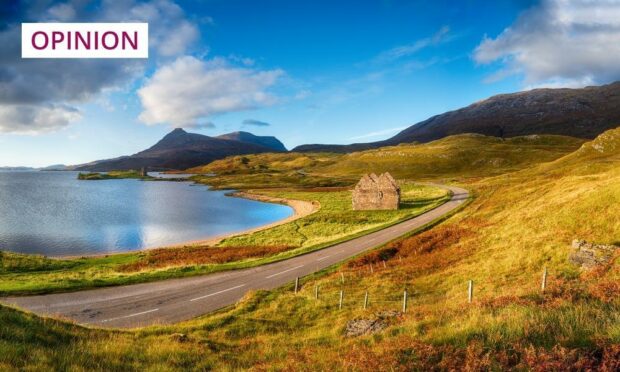

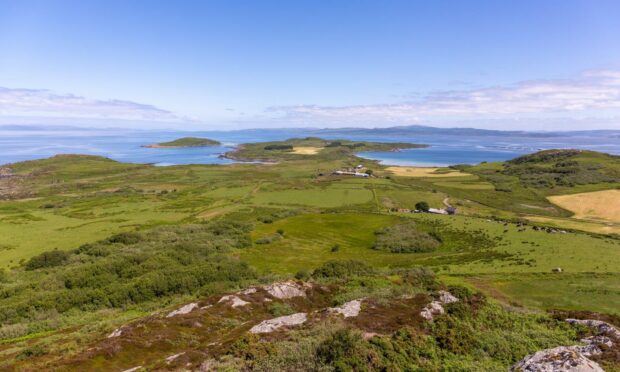
Conversation